
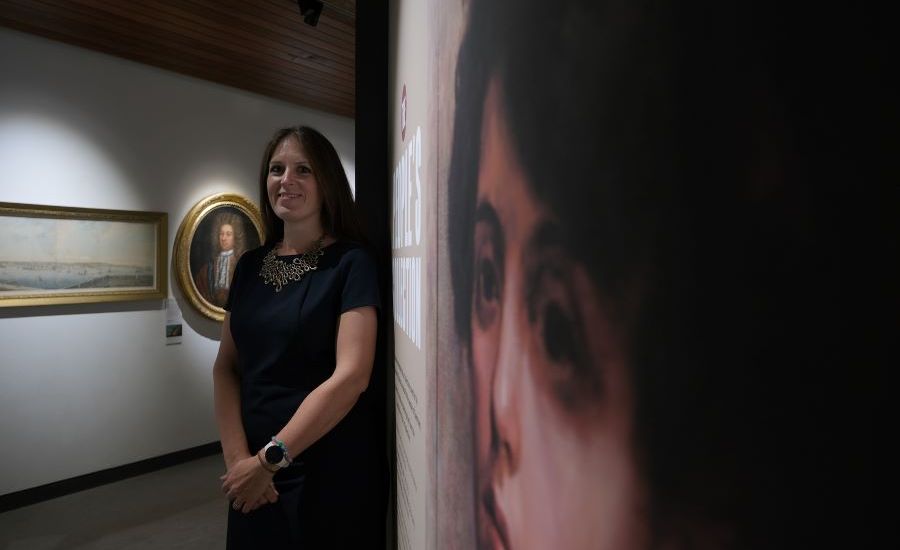

It was famously said that those who do not know their past cannot make the best of the future. And, even more famously, that those who do not learn from past mistakes are condemned to repeat them.
History matters – for its own sake and for the future. Perhaps especially at a time of such uncertainty, change and economic and social division.
Our island has a wonderfully rich and varied heritage. This is evident at dozens of historic sites ranging from Neolithic tombs 6,000 years old to German fortifications build during the Second World War, in artefacts and stories passed through generations and re-presented at flagship museums such as Candie and Fort Grey, and at probably the island’s most iconic landmark, Castle Cornet.
These are overseen by a small, professional and dedicated team at States' Heritage Services, a division of the Committee for Education, Sport & Culture.
Originally for CONNECT magazine and now reproduced for Express, Matt Fallaize (MF) interviewed Helen Glencross (HG), who leads this team.

Pictured: Helen Glencross answered questions for the 'Unplugged' feature in the latest edition of CONNECT magazine, which is out now.
MF: What does your role involve?
HG: As Head of Heritage Services, I oversee the management of the museums' rich and diverse collections, archaeology and historic sites plus the effective running of Guernsey Museum at Candie, Castle Cornet and its museums, Fort Grey and the German Naval Signals HQ. The job encompasses strategic planning through to day-to-day operational matters.
MF: What was the origin of your interest in heritage and what were your previous roles before your current role?
HG: I probably inherited an interest from my grandfather, who was a curator of Hauteville House, but my love of history was sparked at school. I went on to study medieval history and subsequently a masters in heritage management.
After university, I returned home to Guernsey and joined the States as a graduate trainee. This gave me the opportunity to work in a variety of service areas before securing the role of Historic Sites Curator with Guernsey Museums in 2007.
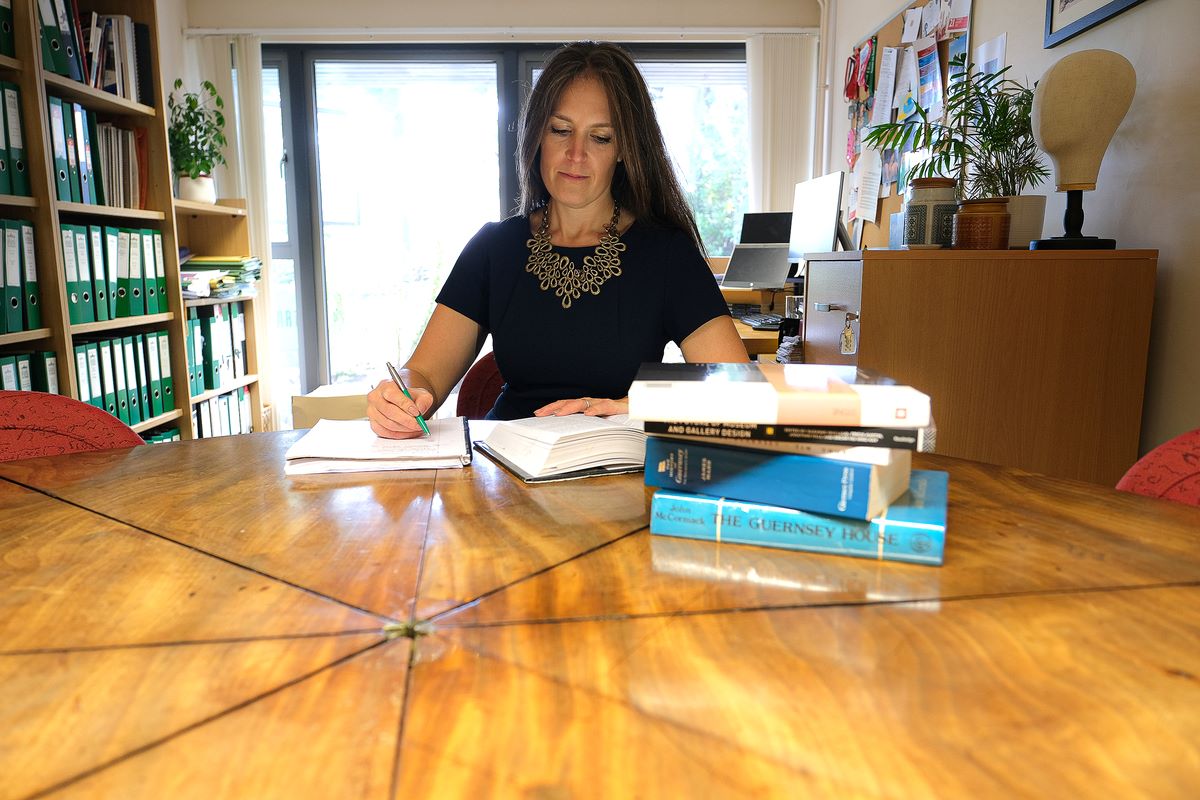
Pictured: Helen has worked for the States at the island's historic sites for the past 15 years.
MF: What do you enjoy most about your role?
HG: The thought that I am contributing to the care of our island’s heritage and people's enjoyment of it is very rewarding. One of the best things about my job is that no two days are the same. I enjoy undertaking a wide variety of work and the fact I have so many opportunities to constantly expand my learning and experience. It is often a public facing role and I appreciate meeting a wide range of people, building connections and collaborating on projects.
MF: What is the highlight of your career so far or the work or project you enjoyed most?
HG: I have been very lucky to work on a wide range of projects over the years from leading conservation work at some of our largest historic sites and being involved in the unveiling of blue plaques to expanding our site interpretation signage and making new sites accessible to the public.
A particular highlight this year was adding a new plaque to the Island War Memorial. I specified the design and worked with a UK-based foundry to accurately replicate both the style and font of the existing plaques. The plaque was installed and then unveiled at a ceremony in May. Although small, the plaque adds to the significance of the memorial and is part of our collective memory, remembering local man Petty Officer Brouard, who was killed in action during the Falklands War.

Pictured: Helen overlooking Castle Cornet, one of the island's iconic landmarks and a popular historic site managed by Helen and her team.
MF: What are the biggest challenges in your role?
HG: I would definitely like a few more hours in the week! Six months after I started in my current role, the island went into lockdown and I had to close our sites to the public. All plans and normal routines were thrown up in the air and we had to respond to unprecedented circumstances and new ways of working. The staff reaction was amazing but 2020 and 2021 were hugely disrupted and we are still feeling some of the effects now.
MF: In terms of staff numbers and budgets, what is the size of the operation for which you are responsible?
HG: We have a small team of 15 permanent staff plus seasonal visitor attendants who work at Castle Cornet, Fort Grey and the German Naval Signal HQ during the summer. However, we couldn’t manage without our colleagues in other service areas and many dedicated volunteers, friends and partner organisations.
MF: What involvement did you have in the recent events which followed the sad death of Queen Elizabeth II?
HG: Castle Cornet is an official saluting battery. As soon as the Queen’s death was announced, we actioned our procedures for the gun salutes we were required to perform over the following three days.
I co-ordinated the various teams involved: Visitor Services who ensured we could open and that we had sufficient staff, the Battery Commander and the volunteer gun crew who man the cannons, the Castle Keepers who look after the shot. And I liaised with Government House.
This year, Guernsey Museums has also been involved in the Royal visit on Liberation Day and the Jubilee celebrations and I feel it is a privilege to participate in these civic ceremonies.

Pictured: Earlier this year, Helen and her colleagues were involved in the island's Platinum Jubilee celebrations and, a few months later, in events to mark the death of Her Majesty Queen Elizabeth II.
MF: How successful was the 2022 summer season for the services and sites which you oversee?
HG: This has been our first 'normal' year since 2019. We have been able to open for a full season and run a busy events programme again, including Soldiers' Lives weekends, Castle Nights, Fete d’Etai and Twilight Cinema. As a result, the figures look very positive. Footfall at the end of August stood at 68,000 visitors. This is more than double the number we saw in 2021 and compares well to the 75,000 visitors we saw by August 2019.
MF: In a typical year, what is the proportion of visitors to your sites who are visitors to the island rather than local residents?
HG: The mix of visitors and locals coming to our sites varies across the year and our sites. Around 90% of our daily paying visitors to Castle Cornet are not local residents. This is similar at Fort Grey and the German Naval Signals HQ.
At Guernsey Museum, the numbers between visitors and locals are more balanced. We know that the changing exhibition schedule in the Brian White and Greenhouse galleries is important in encouraging repeat visits from islanders.
At the end of last year, we undertook a residents' survey, which gave us a real insight into perceptions held locally about our sites. It has been repeated on our sites this summer. I intend to use this feedback to help us widen our appeal to islanders and market ourselves more effectively. Many people had not visited our sites recently because they had been before – and we need to give those people a reason to return.
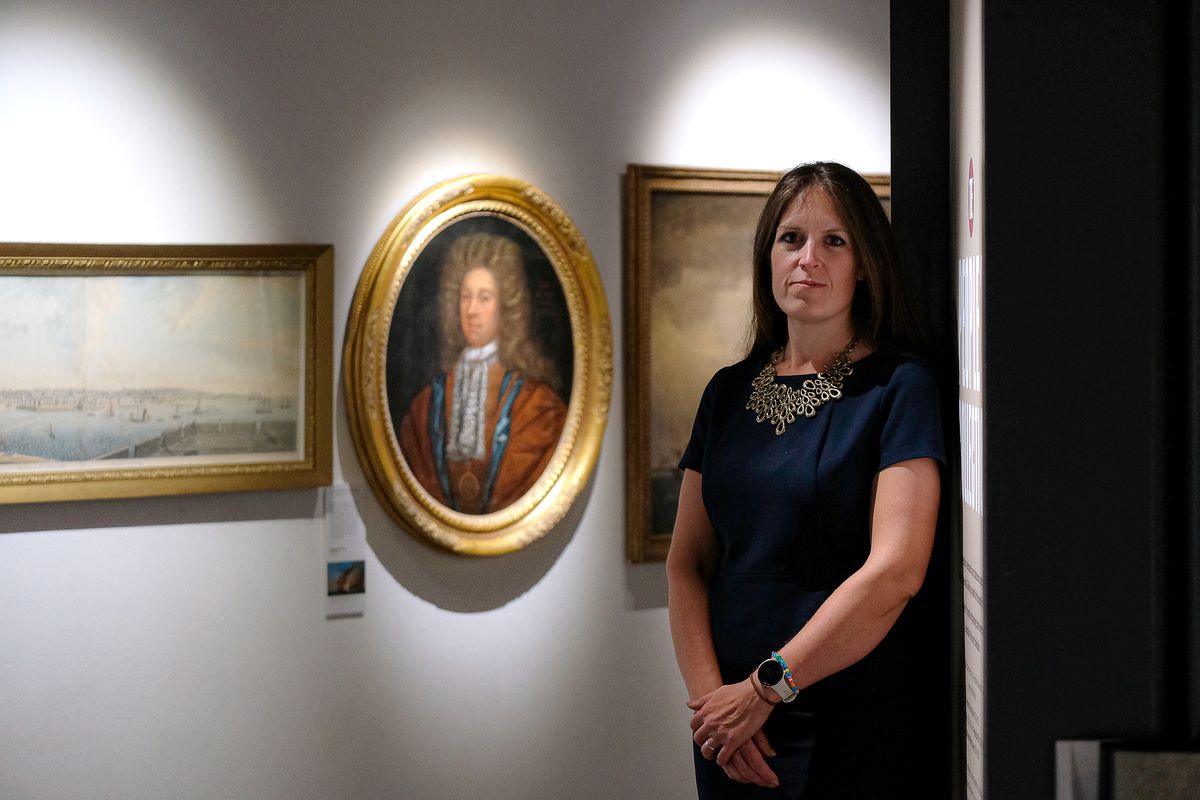
Pictured: Part of the challenge for Helen and her team is presenting history in a way which interests and engages a new generation of local and visitors.
MF: How much pressure is there for your services to be commercially successful – or are they generally accepted as being of cultural value which can justify financial losses?
HG: Income raised through shop sales, admission tickets, Discovery passes and commercial events contributes to our overall operating budget and is vital to our operations. However, we cannot measure success only through our income figures as enabling access to our sites and our collections is part of our mandate.
Total visitor footfall is therefore also an indicator of success. For example, we welcome around 6,000 educational visitors a year. This is provided free of charge for local schools and organisations.
MF: How have the island’s heritage services changed over the past five to 10 years and what changes do you envisage over the next five to 10 years?
HG: I want Guernsey Museum sites to showcase the island’s heritage and appeal to a wide range of audiences. We should be somewhere people want to visit because we provide enjoyable experiences in high-quality spaces. We definitely have a role to play in tourism, but I believe that heritage, in all its forms, can potentially have a wider impact and be a positive influence contributing to education, the economy and community wellbeing.
There is a definite move in the industry to ask ourselves what we, as a museum, can do for our community, and work to develop audiences and increase inclusivity is vital. Accessibility is also a key theme and we endeavour to improve our provision at every opportunity. Even small changes – such as including large format text guides, increasing seating in the galleries or having a 'quiet hour' – can make a huge difference to visitors.
Technology has changed the museum landscape enormously, as has visitor expectation for interactive and immersive experiences. However, I don’t think we will ever lose the desire to see original artworks and objects first hand.
I am passionate about the work Guernsey Museums does and the positive role heritage can play in enriching island life. I would like to think I have an ambitious outlook, so I am very excited about the future.
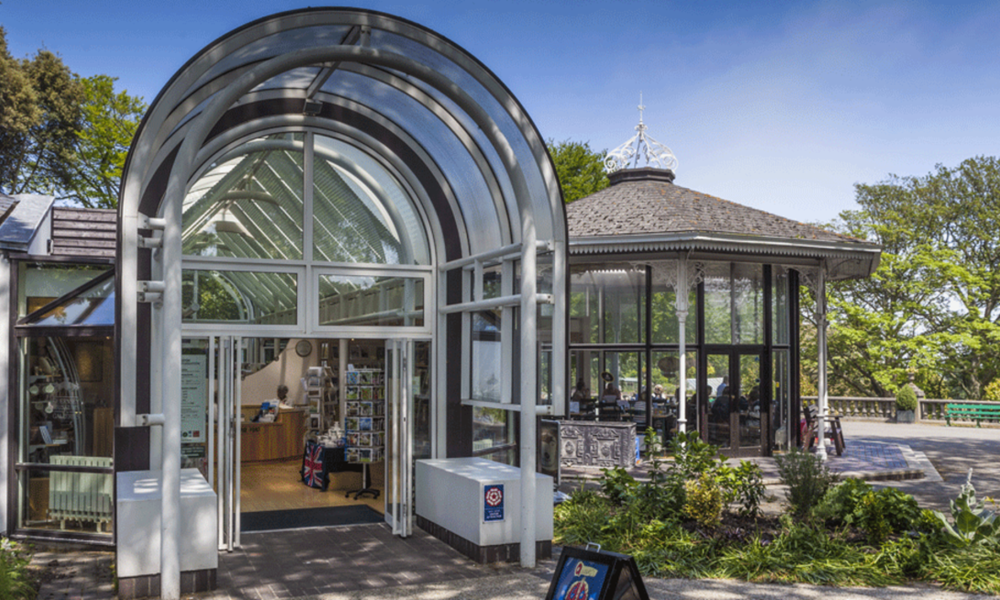
Pictured: Helen has an office at Candie, from where she oversees dozens of heritage sites across the island. Credit: Visit Guernsey.
MF: Are there ideas you have picked up from how heritage services are run elsewhere which you would like to introduce to Guernsey if and when resources allow?
HG: We are an Arts Council England accredited museum and a member of the Museum Association. We follow best practice and staff actively track trends, innovation in museum design and initiatives happening elsewhere.
A lot of museums now have a digital presence in the form of an online catalogue, which allows greater access to collections. This is something that we, as a team, are keen to explore. Personally, I am very inspired by examples of heritage being actively used to regenerate and enrich town centres for their residents.
Luckily my children are still of an age where they enjoy family trips to museums and attractions and the Tate Modern, the Harry Potter Studio Tour and Beaulieu have all been highlights this summer. There is nothing quite like the honesty of a six year old to tell you what is interesting and what isn’t!
I am definitely stealing from the Natural History Museum the idea of creating mini museums with children to teach them about collecting. And I would like to see what more we could offer in terms of activities for children at our sites to increase appeal and interaction.
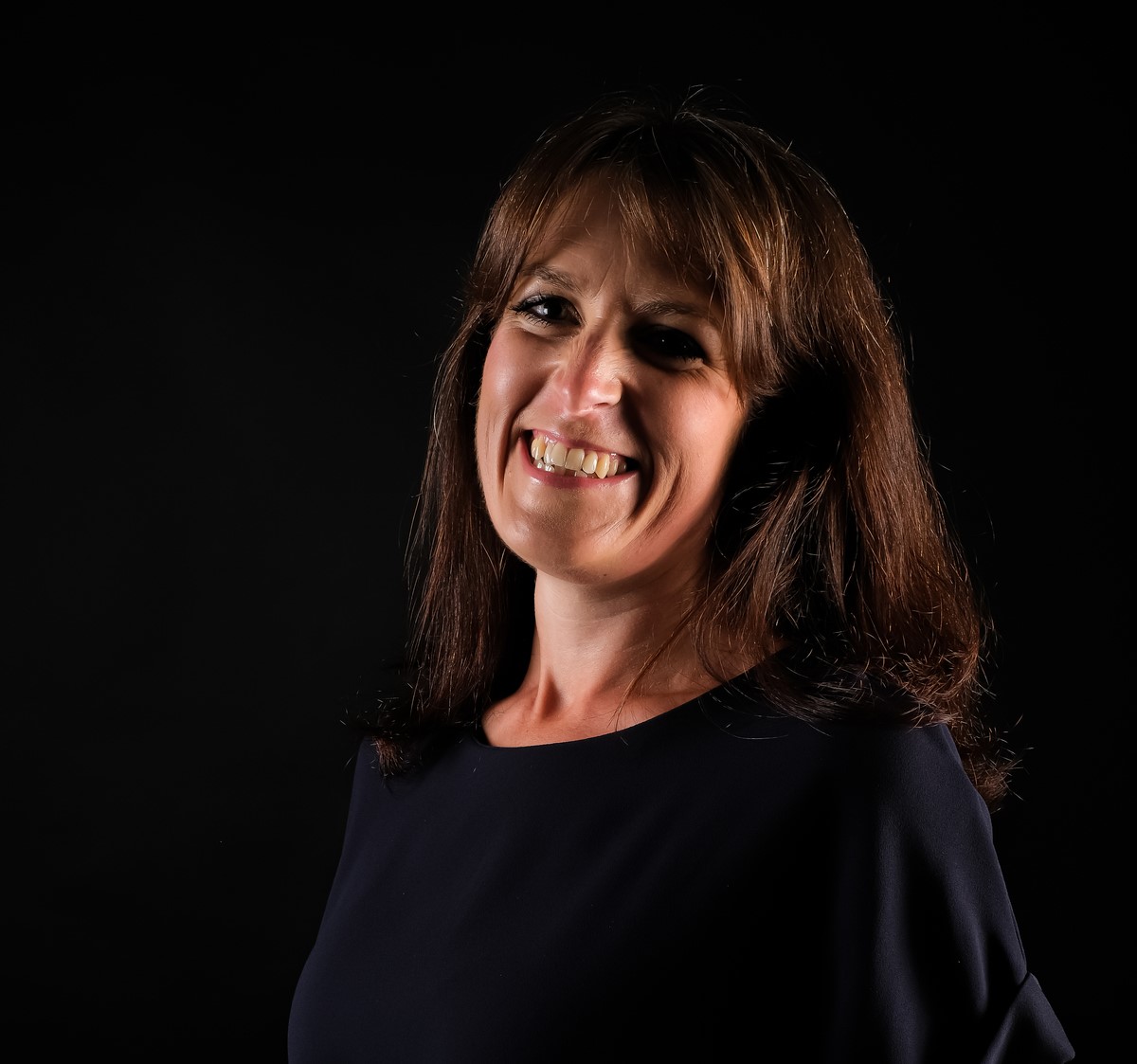
Pictured: Love of history and heritage runs in Helen's family. Her grandfather was a curator at Hauteville House.
MF: Your sites obviously do not have the same number of visitors over autumn and winter as they do in the main tourist season – so what will you mainly be working on over the next few months?
HG: Guernsey Museum remains open to the end of the year. Our wonderful summer art exhibition, The People's Collection, continues until mid-October. It will be followed by two photography exhibitions in association with the Guernsey Photography Festival. ‘For the Love of the Land’ by Sian Davey, one of our previous artists in residence, explores the local farming community, and it will be followed by ‘Floodzone’ by Anastasia Samoylova, which tackles the effects of climate change in Florida.
Our seasonal sites will close on 30 October and reopen at the end of March 2023. This is the time of year when we are busy planning maintenance and improvements across our sites, especially those disruptive jobs which are harder to do when we are open to the public, such as laying new flooring.
Usually we are working about 12 to 18 months ahead in terms of exhibition planning, so the 2023 diary is already full, and we are currently working on 2024. Next year’s exhibitions will include the return of the very popular Wildlife Photographer of the Year, works by local artist Brenda Munson and images of the Guernsey harbours by UK photographer Simon Roberts, who is our latest artist in residence.
At the end of the year, in partnership with Art for Guernsey and the Musée des impressionnismes, Giverny, we will host Renoir in Guernsey, 1883, which promises to be an absolutely fantastic event – watch this space!

Pictured: Some of the sites overseen by Helen and her team are open for much of the winter. Others will close shortly and reopen at the end of March next year.
This interview was first published in the current edition of CONNECT magazine, Express' sister publication.
The online version of CONNECT magazine can be read HERE.
Credit for pictures of Helen: Paul Chambers.
CONNECT interview: The man behind the scenes at the KGV
FOCUS: A Life in Light and Darkness
FOCUS: Work-life balance is next challenge for PR expert
Comments
Comments on this story express the views of the commentator only, not Bailiwick Publishing. We are unable to guarantee the accuracy of any of those comments.